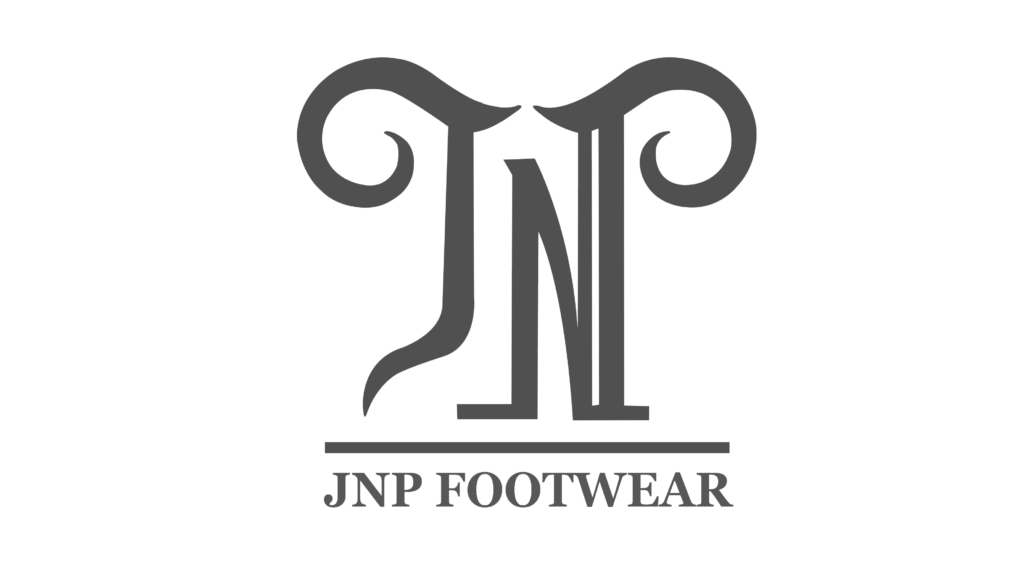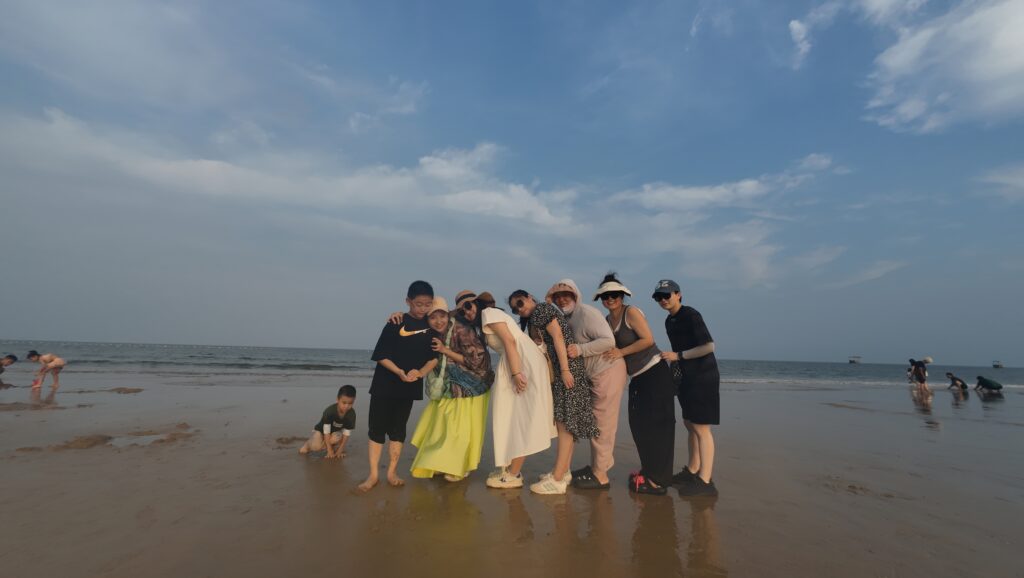Comfortable footwear is no longer just about function, it is about lifestyle. People now expect slippers to reflect style, identity, and values.
The suede clog slippers market1 is evolving through eco-friendly materials, fashion-driven designs, and flexible customization options that respond to the growing demand for both comfort and style worldwide.
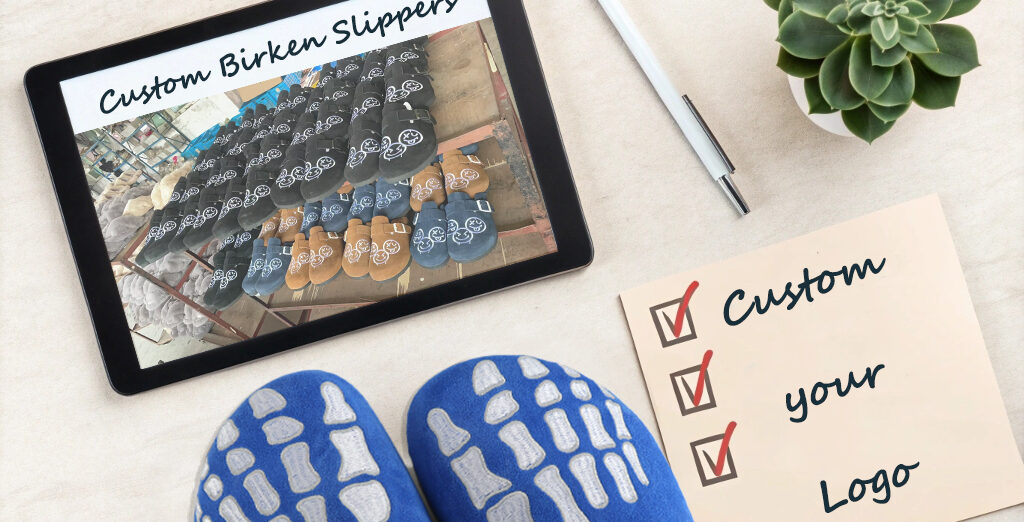
The change is driven by shifting consumer habits, stronger sustainability concerns, and new buying models. Brands that adapt with style updates, lower MOQs, and custom branding options are standing out.
Why are suede clog slippers becoming more popular?
Slippers were once simple home essentials, but now they are part of personal fashion choices.
Suede clog slippers are popular because they combine classic comfort with trendy, customizable designs, making them appealing to both older buyers and young fashion-conscious customers.
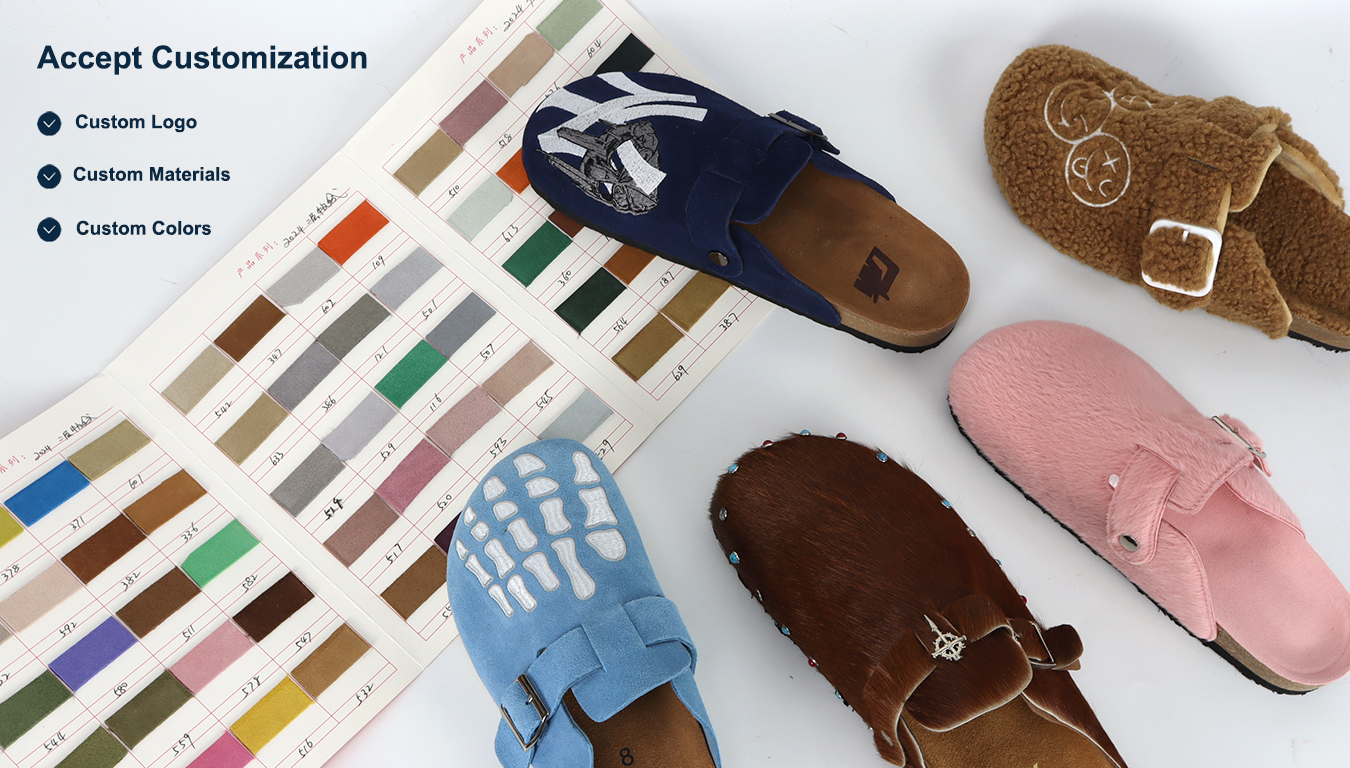
Suede clogs used to appeal mainly to older demographics or colder climates. But today, the market is broader. Younger buyers love them for their retro look and ability to be personalized with customization2 such as logos, colors, or even eco-material blends. Retailers I work with see that high SKU counts and custom branding drive repeat sales. Below is how the demand breaks down:
Market Drivers Table
| Driver | Impact on Market Evolution |
|---|---|
| Fashion trends | Retro looks and cozy vibes attract youth |
| Customization | Logos, colors, details keep products unique |
| Eco-materials | Buyers value renewable and tested materials |
| Cross-border e-commerce3 | Wider reach, global buyers order online |
I’ve noticed that in the USA and Europe, even young online brands ask for small-batch suede clog designs to test markets quickly. This flexibility keeps the style relevant across generations.
How are brands meeting the demand for customization?
Many wholesale buyers no longer want generic slippers. They want their personality stamped on them.
Brands meet customization demand by offering low minimum order quantities, eco-friendly material choices, and flexible logo or design options tailored to different market segments.
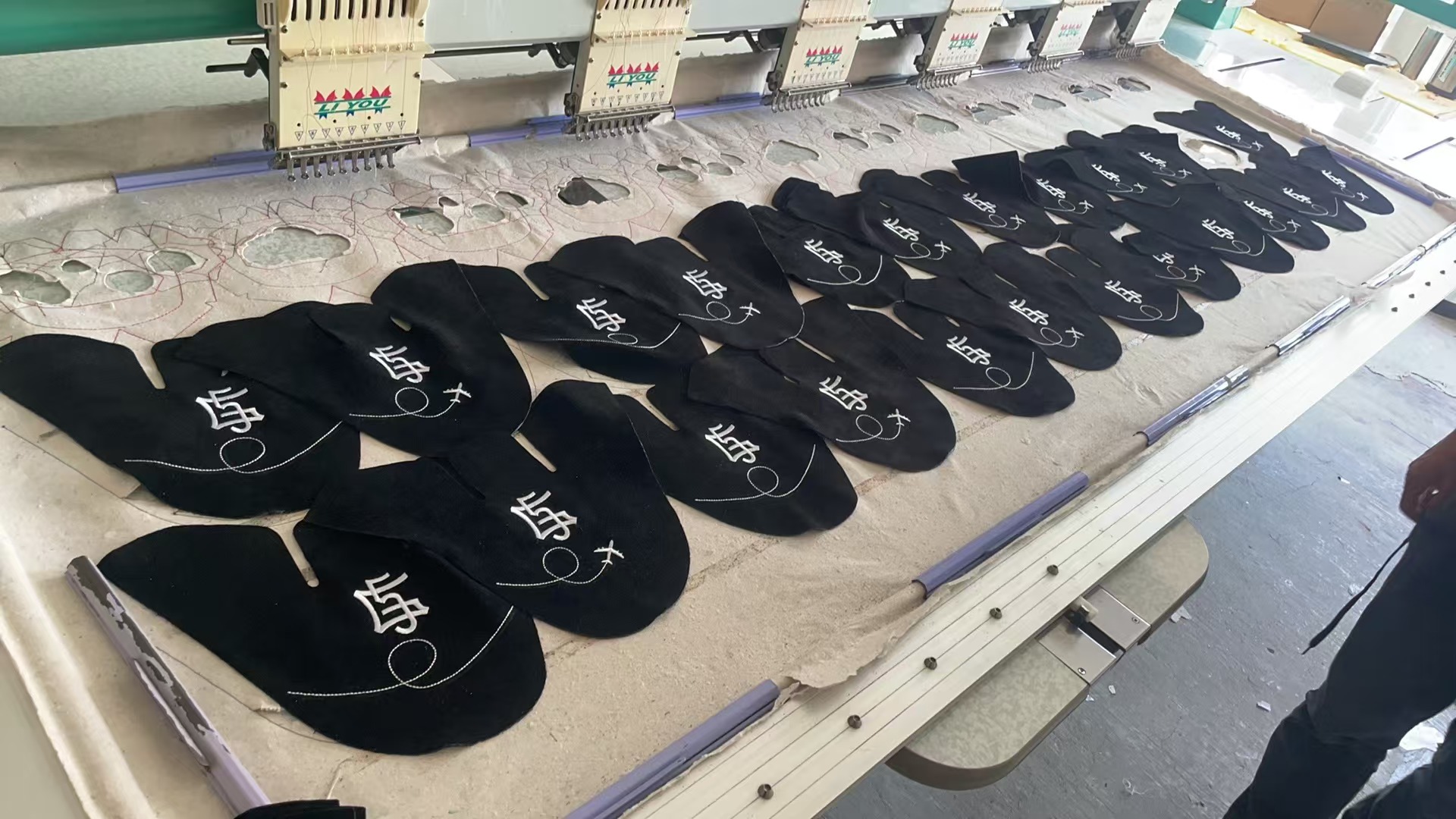
I often see two main client types: designer brands that push for unique luxury details, and trendy online shops that want quick-turnaround custom clogs with their branding. The factories I partner with handle both by offering flexible production lines.
Customization Strategies
| Client Type | Customization Preference | MOQ Expectation |
|---|---|---|
| Designer brands | Complex designs, premium materials | Higher |
| Trendy online shops | Simple branding, trendy colors/logos | Lower |
| Distributors | Seasonal variety, traditional + trendy | Medium |
This flexibility has become a competitive edge. Buyers no longer accept suppliers who refuse small-batch orders. They want factories that can adapt, and I see this request growing every season.
What role does sustainability play in the suede clog slippers market?
Consumers care more about where products come from and how they are made.
Sustainability is key because many buyers, especially in fashion-driven markets, demand renewable materials, eco certifications4, and suppliers who comply with factory audit reports5.
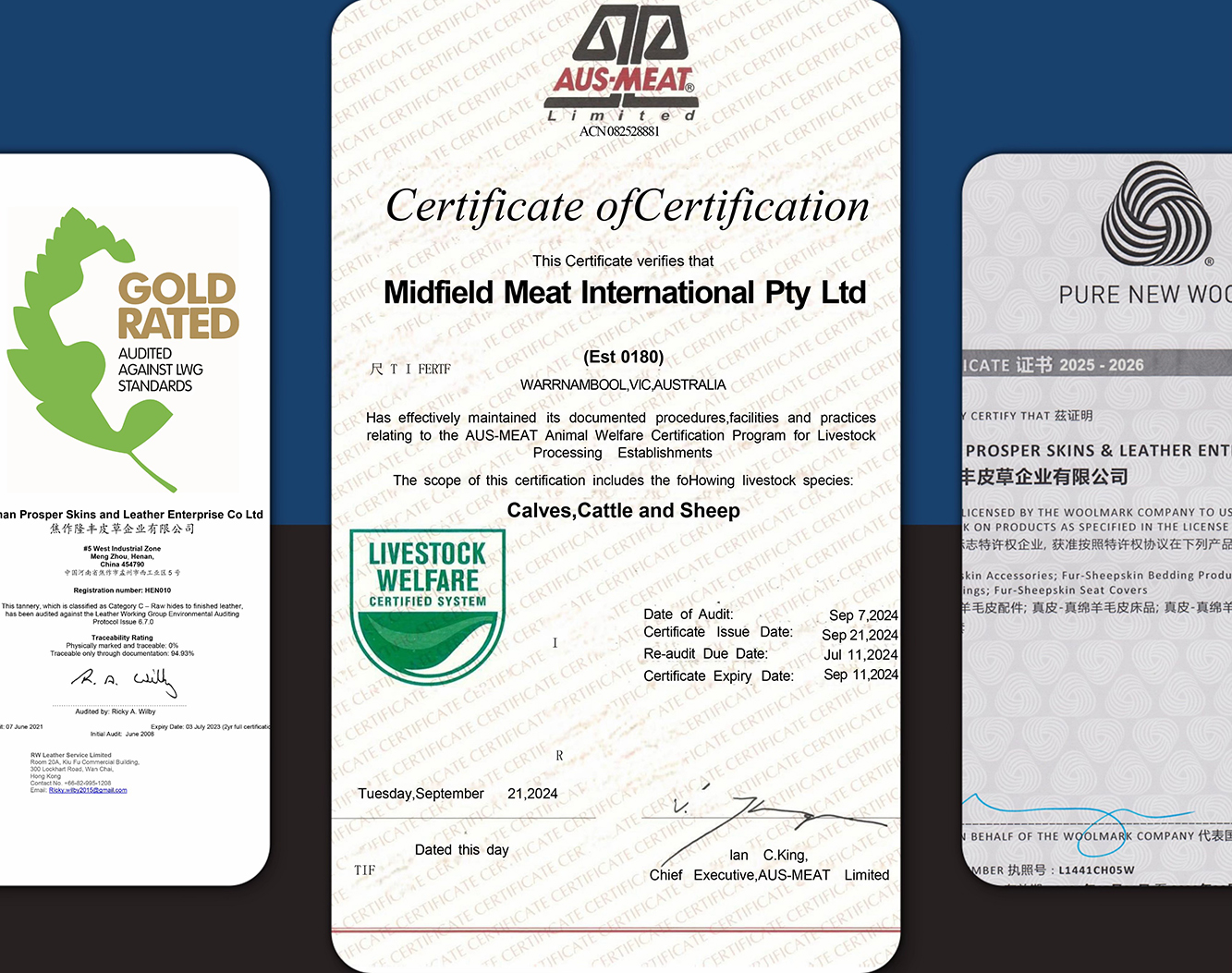
In my experience, sustainability is not just a “nice to have” anymore. Designer brands especially ask for proof: audit reports, eco-material certifications, and compliance with testing standards. Even distributors in price-sensitive markets like New Zealand now request seasonal styles made with renewable materials.
Sustainability Impact
| Factor | Buyer Expectation | Supplier Response |
|---|---|---|
| Materials | Wool, renewable suede, recycled | Source eco-certified suppliers |
| Factory compliance | Audit reports, testing standards | Maintain long-term audited partners |
| Logistics | Lower footprint, faster shipping | Partner with eco-aware logistics |
I believe brands that embrace these requirements will stay competitive longer. Those who ignore them risk losing contracts, especially with global buyers.
Conclusion
The suede clog slippers market is changing fast, driven by customization, sustainability, and fashion trends, making it a versatile product line for global buyers.
Footnotes
-
Helps readers understand overall demand shifts, fashion adoption, and business opportunities in this niche footwear category. ↩
-
Explains why customization (logos, colors, eco-materials) is a key growth driver for slipper brands today. ↩
-
Explains how global online sales channels are expanding the reach of suede clog slippers. ↩
-
Shows readers what certifications and renewable materials (like wool or recycled suede) are important for sustainability in footwear. ↩
-
Helps buyers know why supplier compliance and audit reports are required for international trade and brand trust. ↩
